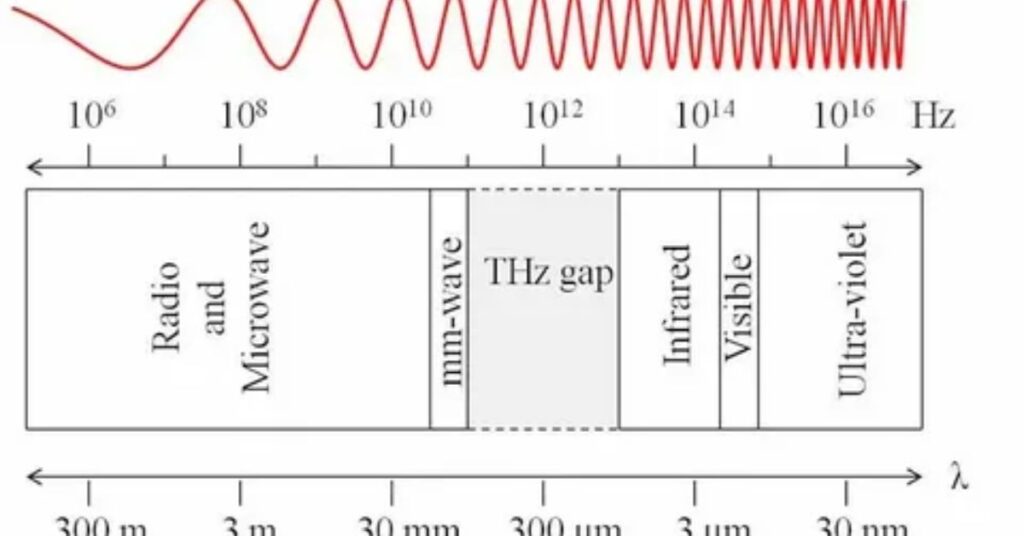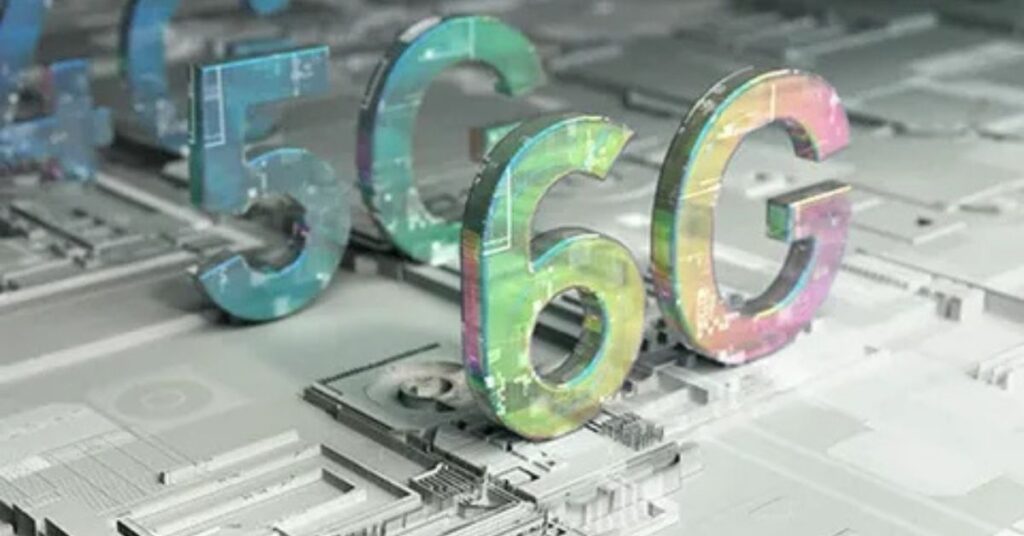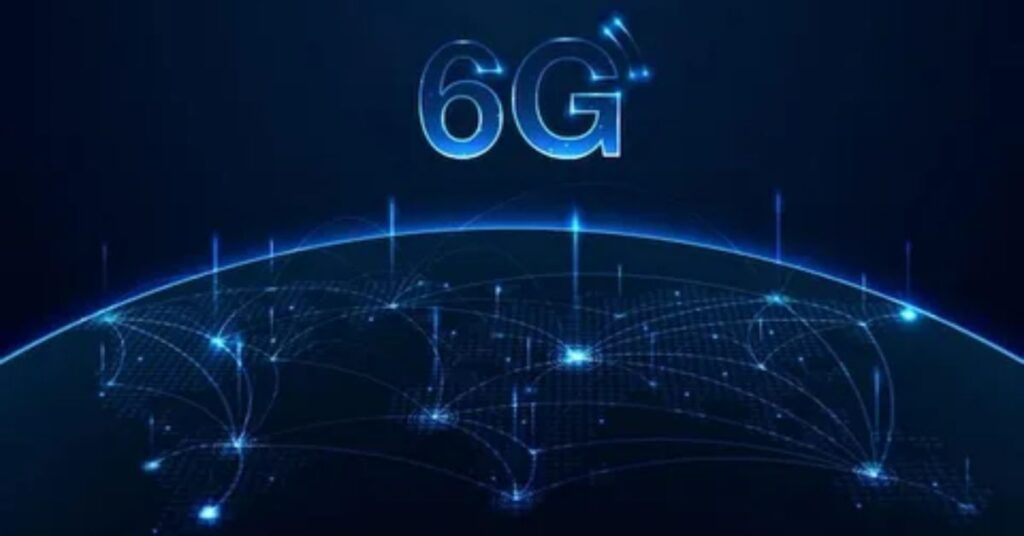The world of wireless technology is evolving faster than ever. Just as 5G is becoming mainstream, the tech world is already buzzing about 6G technology, the next leap forward in connectivity. But what exactly does 6G technology mean for everyday life? How does it work? And why should we care?
In this guide, we will give you a complete breakdown of 6G technology, covering everything from network architecture and key features to use cases and future potential. Whether you are a curious reader or a tech enthusiast, you will see why 6G could redefine the way we connect, work, and live.
6G would not just enhance connectivity; it will revolutionize industries, redefine smart living, and open new frontiers for businesses and consumers alike.
What is 6G Technology?

6G technology is the sixth generation of mobile networks, designed to deliver speeds up to 1 terabit per second (Tbps), ultra-low latency, and near-instant data transmission. While 5G brought us fast streaming, 6G aims to create a hyperconnected, AI-powered digital world.
Unlike previous generations, 6G will seamlessly integrate artificial intelligence and eco-efficient technologies to deliver smarter, greener connectivity.
The 6G network architecture is expected to rely heavily on terahertz frequencies (between 100 GHz and 10 THz), enabling huge bandwidth for real-time applications like holographic communication and immersive virtual reality.
Example: Imagine joining a meeting as a full-body hologram, interacting with colleagues as if you were in the same room; that is the 6G promise.
How Does 6G Work?
To understand how 6G works, we need to look at its technical foundations:
- Terahertz Spectrum
This ultra-high frequency range provides unmatched speed and capacity. The terahertz spectrum in 6G enables seamless holographic communication and instant data transfer, unlocking real-time virtual experiences never possible before. - AI in 6G Networks
Artificial intelligence will manage traffic, optimise performance, and detect threats in real-time. By integrating AI-powered automation, 6G networks will continuously learn user behavior to enhance connectivity, security, and energy efficiency. - Satellite Internet Integration
6G will use low-earth orbit (LEO) satellites for global coverage, even in rural areas. This satellite internet integration ensures uninterrupted access for remote regions, supporting global connectivity and bridging the digital divide. - Edge Computing
Processing data closer to the source for faster response times. With edge computing in 6G, devices will handle tasks locally, reducing latency and improving real-time communication for applications like autonomous vehicles.
For a detailed comparison between 6G vs 5G, visit our blog page.
Key Features of 6G

Here are the standout features that set 6G technology apart:
- Ultra-fast mobile internet (up to 1 Tbps):
With speeds nearly 100 times faster than 5G, users will be able to download massive files, stream 8K videos, or experience real-time cloud computing without buffering. - Low-latency communication (<0.1 ms):
This ultra-responsive network will enable instant data transmission, supporting autonomous vehicles, remote surgeries, and other mission-critical applications where every millisecond matters. - Holographic communication for real-time interaction:
6G will make 3D holographic video calls and immersive virtual meetings a daily reality, creating a lifelike communication experience across global distances. - 6G IoT connectivity for billions of devices:
The network will support massive Internet of Things (IoT) ecosystems, allowing smart homes, industries, and cities to connect and communicate seamlessly. - Energy-efficient transmission for sustainability:
Using AI-driven power management and green communication technologies, 6G aims to reduce energy consumption and promote a more sustainable digital future.
6G Applications and Use Cases
Healthcare
Remote surgeries using holographic communication and AI-powered diagnostics will become the norm. With 6G-enabled ultra-low latency networks, doctors can perform real-time remote operations with robotic precision, improving global healthcare accessibility.
Education
Virtual classrooms with immersive VR environments will allow students to attend classes anywhere in the world. Through 6G connectivity, learning will become interactive, personalized, and borderless, bridging gaps between students and educators globally.
Smart Cities
From AI-driven traffic control to real-time public safety systems, 6G IoT connectivity will make cities more efficient. These intelligent urban ecosystems will rely on billions of interconnected sensors, enabling sustainable energy use, faster response systems, and data-driven decision-making.
Learn how digital twin technology is working hand-in-hand with 6G networks to enable real-time simulations and smarter decision-making in industries. Read our detailed guide on digital twin technology explained.
6G vs 5G: What is the Difference?
While 5G delivers impressive speed and low latency, 6G will push these boundaries even further with terahertz spectrum capabilities and AI-driven network management.
| Feature | 5G | 6G |
|---|---|---|
| Max Speed | Up to 10 Gbps | Up to 1 Tbps |
| Latency | 1 ms | <0.1 ms |
| Spectrum | Millimeter waves | Terahertz spectrum |
| AI Integration | Limited | Fully embedded |
Learn more about the key differences between 5G and 6G networks, including speed, spectrum, and real-world applications, in our full article on 6G vs 5G comparison.

Benefits of 6G Technology
- Faster than ever:
Download massive files in seconds. With 6G technology, users will experience data transmission speeds up to 1 terabit per second (Tbps), enabling instant cloud access and seamless ultra-HD streaming without buffering. - Global accessibility:
Connect anywhere via satellite internet integration. By combining low-earth orbit (LEO) satellites and terrestrial networks, 6G ensures uninterrupted global connectivity, even in remote and rural regions. - Smarter networks:
AI in 6G networks will adapt to your needs in real time. These intelligent systems will use machine learning algorithms to predict user behavior, optimize bandwidth, and enhance network efficiency automatically. - New industries:
Unlock possibilities in robotics, autonomous vehicles, and remote manufacturing. This next-generation network will power advanced industrial automation, real-time communication between devices, and the rise of fully AI-driven smart factories.
Challenges for 6G Deployment
While promising, 6G technology faces challenges such as:
- High infrastructure cost
Building 6G infrastructure requires advanced hardware, terahertz antennas, and dense network deployment, which significantly increases initial setup costs for telecom providers. - Spectrum regulation agreements
Global spectrum allocation for 6G will demand international coordination and strict regulatory compliance, delaying large-scale deployment and increasing policy complexities. - Cybersecurity risks
With billions of IoT devices and AI-driven networks connected, 6G could introduce new cybersecurity challenges, requiring stronger encryption and real-time threat detection systems. - Energy consumption concerns
Despite efficiency improvements, 6G networks may still consume large amounts of power to maintain ultra-high-speed connections, making green communication technologies essential for sustainability.
As AI-driven networks and hyperconnected devices expand with 6G, cybersecurity threats will also evolve. Learn how to protect your systems with these cybersecurity tips for small business owners.
Timeline for 6G Technology
According to Nokia and Samsung Research, we can expect 6G pilot programs by 2028, with full commercial rollout by 2030. This marks a major milestone where AI-driven networks and terahertz-based communication will begin transforming global connectivity and smart infrastructure.
Future of 6G Technology
In the coming decade, 6G could transform communication from information sharing to full sensory experiences. From holographic entertainment to instant cloud gaming, it is a leap toward a more immersive, AI-powered digital future.
Conclusion
6G technology is more than just faster internet; it is a foundation for the next era of digital transformation. With terahertz spectrum, AI-powered networks, and global connectivity, 6G could change how we live, work, and connect.
If 5G was a revolution, 6G will be a complete redefinition of connectivity. The countdown has begun.
FAQ’s
When will 6G technology be available?
Most experts predict that 6G networks will begin rolling out commercially by 2030, with pilot testing in the late 2020s. Companies like Samsung, Nokia, and Huawei are already conducting research and early trials.
How fast will 6G be compared to 5G?
While 5G currently offers speeds up to 10 Gbps, 6G is expected to reach 1 Tbps, nearly 100 times faster. To learn more about the exact speed differences and features, check our pillar article: How 6G Differs from 5G: Speed, Features, and Future Potential.
What new features will 6G bring?
Some of the most anticipated 6G features include:
Real-time holographic communication
Ultra-low latency (<0.1 ms)
Integration with AI for network management
Seamless satellite connectivity for global internet access

